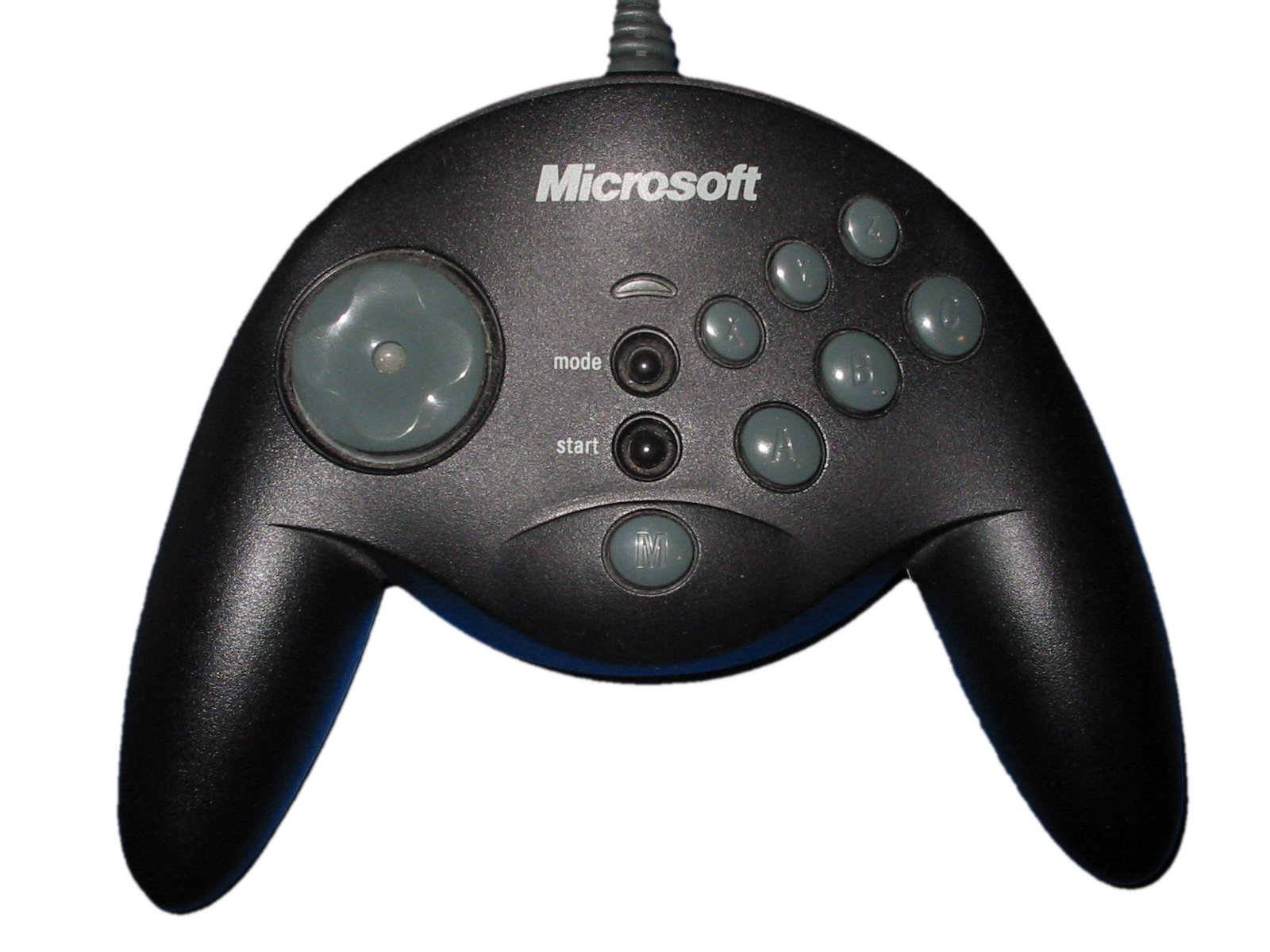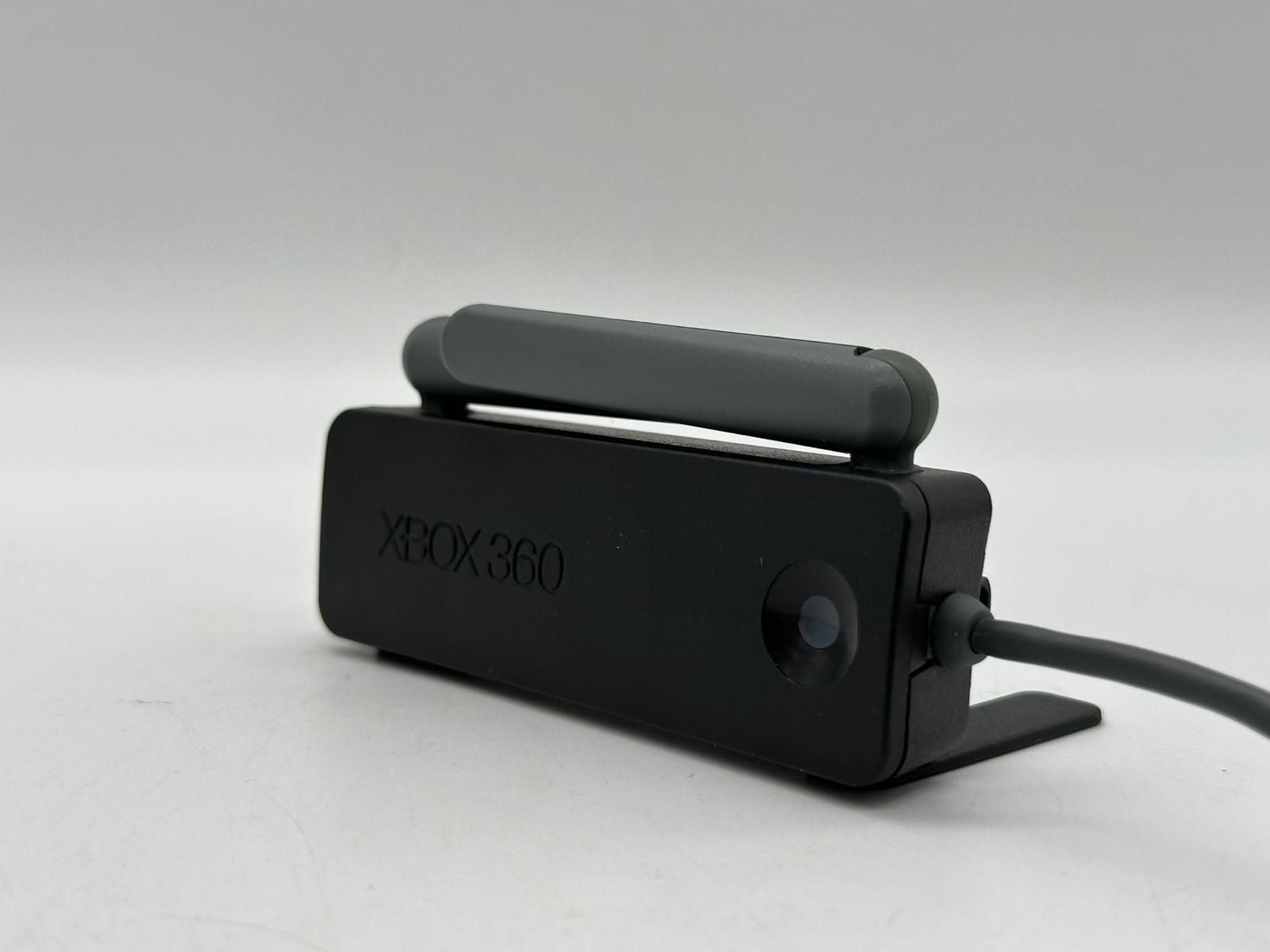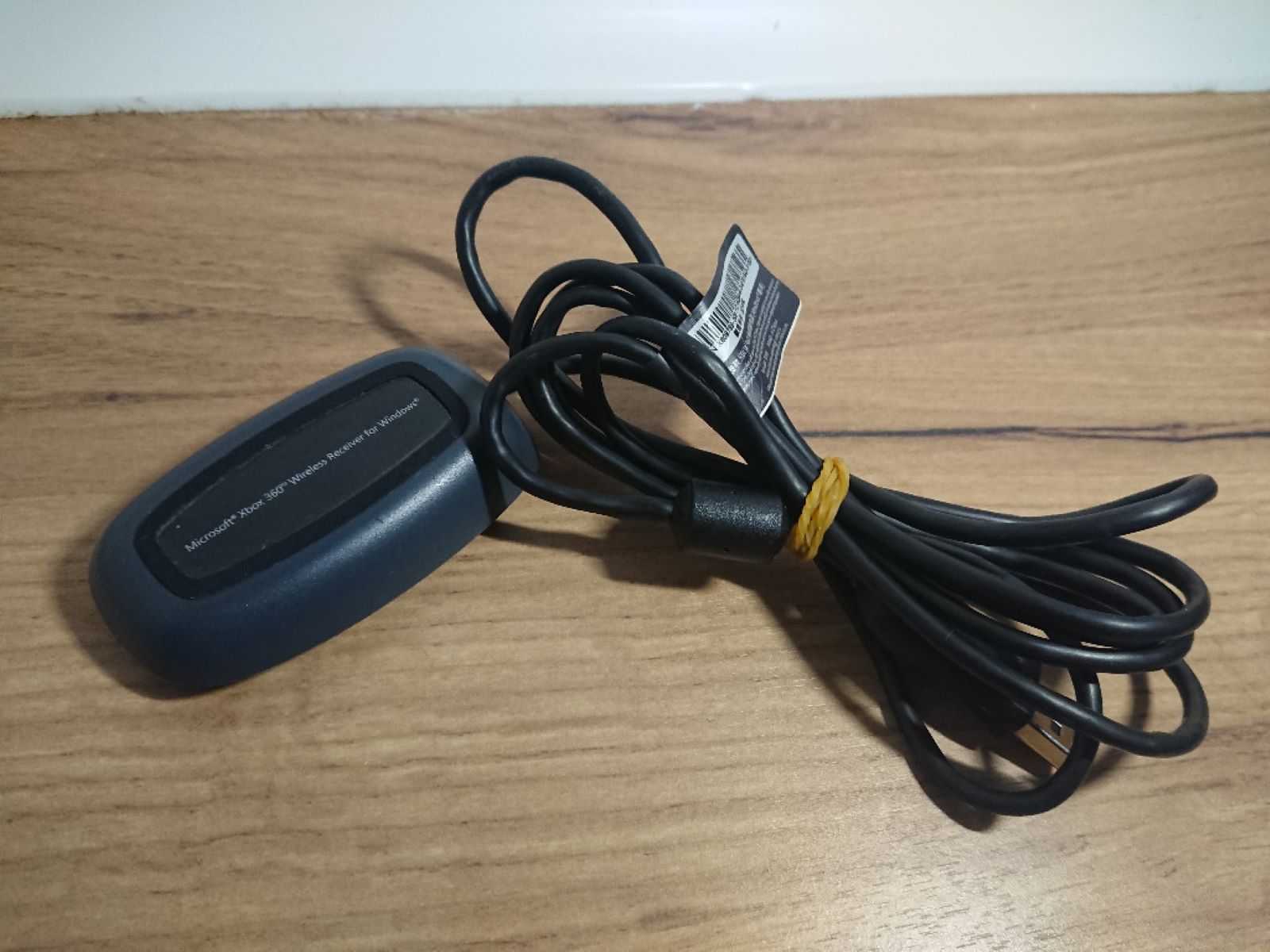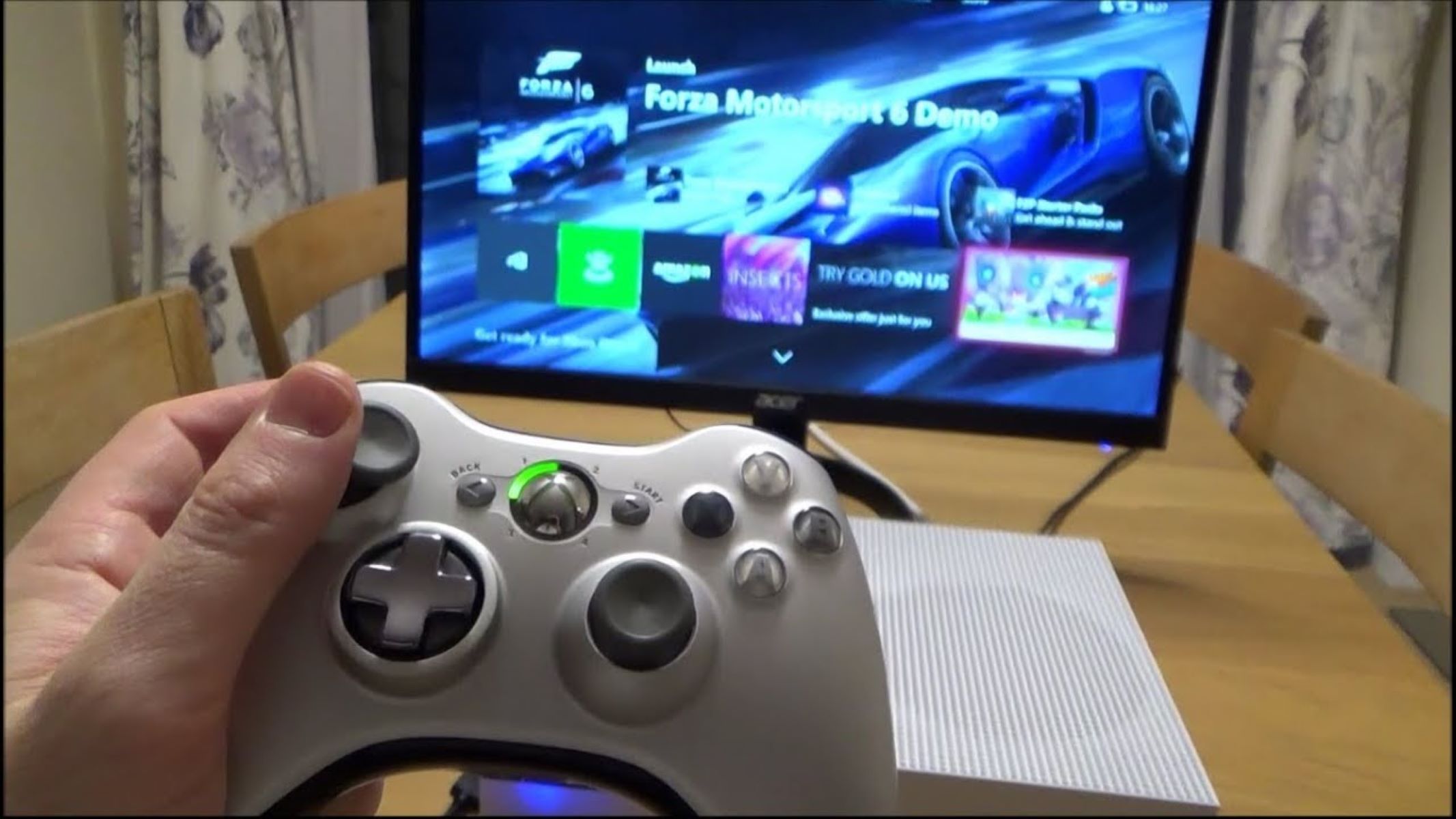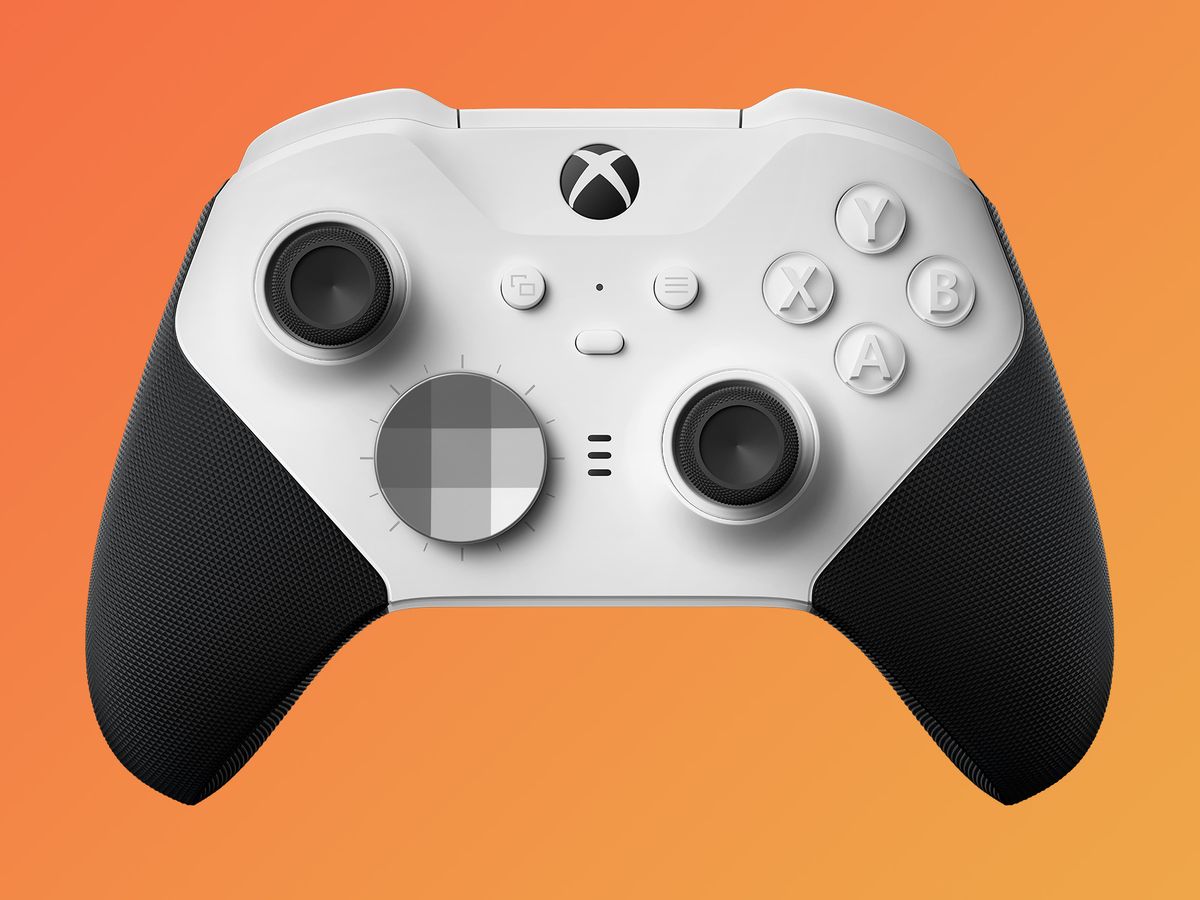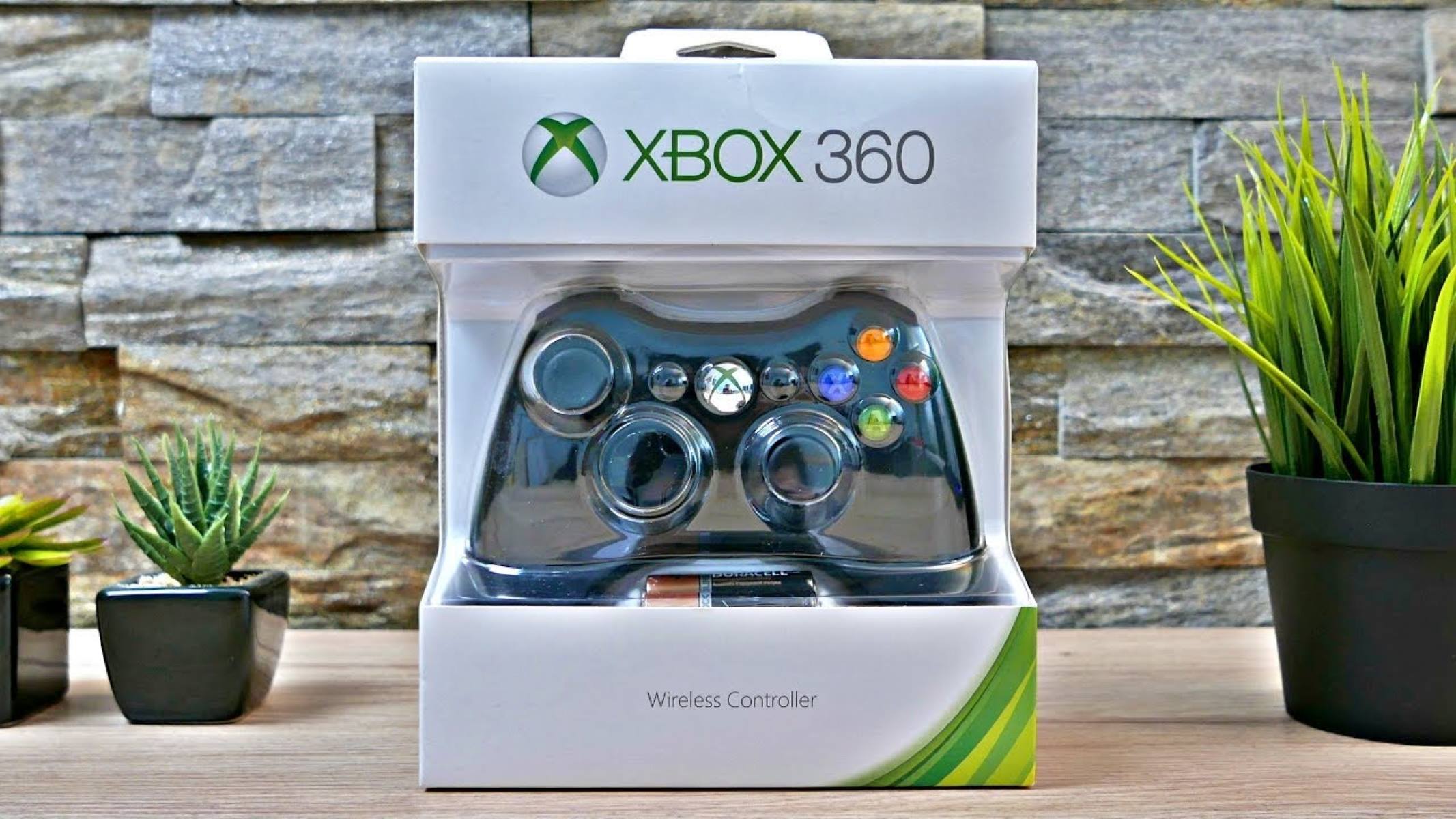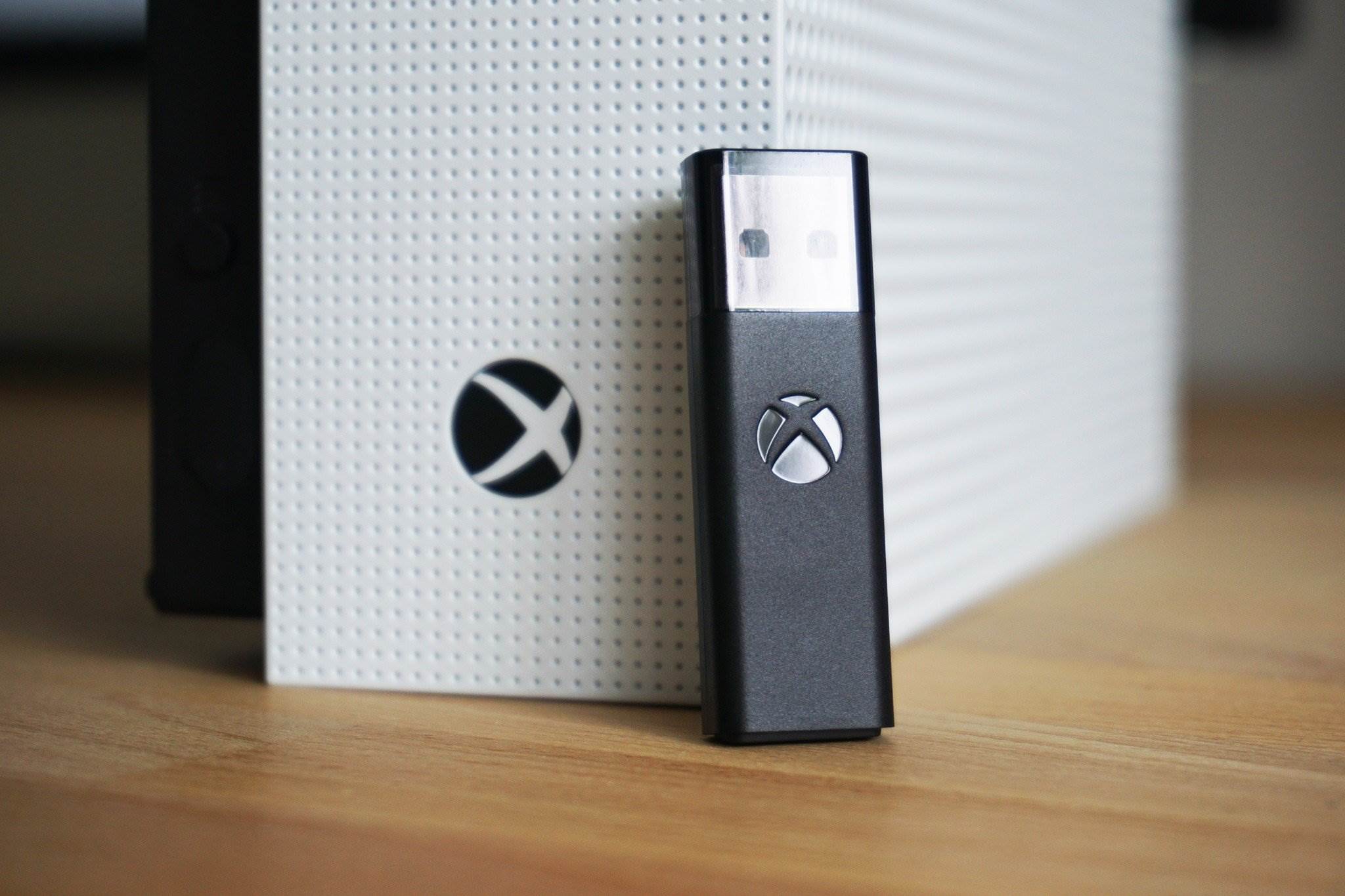Introduction
Have you ever wanted to use your Microsoft game controller on your PC but found yourself struggling to get it to work properly? Whether you're a casual gamer or a dedicated enthusiast, the ability to seamlessly integrate your controller with your PC can significantly enhance your gaming experience. In this guide, we will walk you through the steps to successfully set up your Microsoft game controller on your PC, allowing you to enjoy your favorite games with the comfort and familiarity of a controller.
Using a game controller on your PC offers a level of precision and control that can be particularly advantageous in certain types of games, such as platformers, racing games, and action-adventure titles. With the right setup, you can unlock the full potential of your gaming experience and immerse yourself in the virtual worlds of your favorite games.
Whether you have a wired or wireless Microsoft game controller, we will provide you with the necessary guidance to ensure a smooth and hassle-free setup process. By following the steps outlined in this guide, you can avoid common pitfalls and quickly get your controller up and running, ready to take your gaming sessions to the next level.
Now, let's dive into the essential steps to check the compatibility of your controller with your PC, install the required drivers, configure the controller settings in Windows, and test its functionality in games. By the end of this guide, you will be equipped with the knowledge and confidence to seamlessly integrate your Microsoft game controller with your PC, opening up a world of gaming possibilities. Let's get started!
Checking Compatibility
Before diving into the setup process, it’s crucial to ensure that your Microsoft game controller is compatible with your PC. Compatibility issues can arise due to various factors, such as the type of controller, the operating system of your PC, and the specific games you intend to play. Here’s how to check the compatibility of your controller with your PC:
- Controller Type: Determine whether you have a wired or wireless Microsoft game controller. While both types can be used with a PC, the setup process may vary slightly depending on the type of controller you own.
- Operating System Compatibility: Verify that your PC’s operating system supports the use of the Microsoft game controller. Most modern Windows operating systems, including Windows 10 and Windows 11, offer native support for game controllers, making the setup process relatively straightforward.
- Game Compatibility: Consider the specific games you plan to play with the controller. Some games may have built-in support for game controllers, while others may require additional configuration or third-party software to enable controller functionality.
If you’re uncertain about the compatibility of your controller with your PC, you can consult the official documentation provided by Microsoft or visit the manufacturer’s website for detailed information about compatibility requirements and supported operating systems. Additionally, online forums and community discussions can be valuable resources for gathering insights from other users who have successfully used the same controller with their PCs.
By confirming the compatibility of your Microsoft game controller with your PC and the games you wish to play, you can proceed with confidence, knowing that you have the necessary foundation for a successful setup. Once you’ve established compatibility, the next step is to install any required drivers to ensure seamless communication between your controller and your PC.
Installing Drivers
Installing the appropriate drivers is a crucial step in setting up your Microsoft game controller on your PC. Drivers facilitate communication between the controller and your operating system, allowing for seamless functionality and optimal performance. Whether you have a wired or wireless controller, the process of installing drivers is essential to ensure that your PC recognizes and effectively interacts with the controller. Here’s how to install the drivers for your Microsoft game controller:
- Wired Controller: If you have a wired Microsoft game controller, you may not need to install additional drivers, as Windows operating systems often include built-in support for wired controllers. Upon connecting your controller to a USB port on your PC, the necessary drivers should be automatically installed, enabling you to use the controller without manual intervention.
- Wireless Controller: For wireless controllers, such as the Xbox Wireless Controller, you may need to install the Xbox Accessories app from the Microsoft Store. This app provides the required drivers and allows you to customize controller settings, update firmware, and manage controller profiles. Once the Xbox Accessories app is installed, follow the on-screen instructions to pair your wireless controller with your PC and ensure that the drivers are properly configured.
If you encounter any issues during the driver installation process, consider visiting the official Microsoft support website for troubleshooting guidance and driver downloads. Additionally, ensuring that your Windows operating system is up to date can help address compatibility issues and ensure that the latest drivers are automatically installed when you connect your controller to your PC.
By installing the necessary drivers for your Microsoft game controller, you can establish a seamless connection between the controller and your PC, setting the stage for the next crucial step: configuring the controller settings in Windows to optimize its performance and responsiveness. Once the drivers are successfully installed, you’ll be ready to fine-tune the controller settings and tailor the experience to your preferences.
Configuring Controller Settings in Windows
After installing the necessary drivers for your Microsoft game controller, the next step is to configure the controller settings in Windows to ensure optimal performance and compatibility with your favorite games. Windows provides built-in tools that allow you to customize and calibrate your controller, making it possible to fine-tune sensitivity, button mapping, and other essential aspects of the controller’s functionality. Here’s how to configure the controller settings in Windows:
- Accessing Game Controllers: Navigate to the “Devices and Printers” section in the Control Panel of your Windows PC. Here, you should find your Microsoft game controller listed among the connected devices. Right-click on the controller icon and select “Game controller settings” to access the controller configuration options.
- Calibrating the Controller: Within the Game Controllers settings, you can initiate the calibration process to ensure that the controller’s analog sticks, triggers, and buttons are properly aligned and responsive. Follow the on-screen instructions to calibrate the controller, which may involve moving the analog sticks and pressing buttons as prompted.
- Customizing Controller Properties: After calibration, you can access the properties of your Microsoft game controller to customize various settings, including button assignments, dead zones, and vibration preferences. This allows you to tailor the controller to your specific gaming preferences and ensure that it functions optimally across different game genres.
Furthermore, if you encounter any issues with controller recognition or functionality in specific games, you can explore the “Game Controllers” settings within the game itself or utilize third-party software to remap buttons and adjust controller configurations on a per-game basis. Additionally, certain games may offer in-game settings for controller customization, providing further flexibility in tailoring the controller experience to your liking.
By taking the time to configure the controller settings in Windows, you can optimize the responsiveness and precision of your Microsoft game controller, ultimately enhancing your gaming experience and ensuring seamless compatibility with a wide range of games. With the controller settings fine-tuned to your preferences, you’re now ready to put your controller to the test in your favorite games.
Testing the Controller in Games
With your Microsoft game controller successfully set up and configured on your PC, it’s time to put it to the test in your favorite games. Testing the controller’s functionality in games allows you to ensure that it responds accurately to your input and delivers the immersive gaming experience you desire. Whether you enjoy action-packed adventures, competitive sports simulations, or captivating role-playing games, the controller’s performance can significantly impact your enjoyment and success in the virtual worlds you explore. Here’s how to test the controller in games:
- Launching Supported Games: Start by launching games that are known to support game controllers, such as popular titles available on digital distribution platforms or those specifically designed for console-style gameplay. Look for games that explicitly mention controller support in their descriptions or settings menus.
- Verifying Controller Recognition: Once in-game, navigate to the settings or options menu to verify that the game recognizes your Microsoft game controller. Look for controller-specific settings, key bindings, and the ability to toggle between controller and keyboard/mouse input. This confirms that the game has successfully detected and integrated your controller.
- Gameplay and Precision Testing: Engage in gameplay scenarios that require precise control and responsiveness, such as navigating challenging environments, executing complex maneuvers, or engaging in fast-paced combat sequences. Pay attention to the controller’s performance in delivering accurate input and translating your actions into on-screen movements and actions.
As you test the controller in various games, take note of any specific nuances or adjustments that may enhance your experience. For example, adjusting sensitivity settings, button mappings, or vibration feedback can further optimize the controller’s performance based on the unique demands of each game. Additionally, experimenting with different genres and gameplay styles can provide valuable insights into how the controller adapts to diverse gaming experiences.
By thoroughly testing the controller in games, you can gain confidence in its reliability and performance across a range of gaming scenarios. If you encounter any challenges or inconsistencies during testing, revisit the controller settings in Windows to fine-tune its configuration and address any issues that may affect gameplay. With the controller seamlessly integrated into your gaming setup, you can embark on countless adventures and competitions, fully immersed in the captivating worlds that await.







